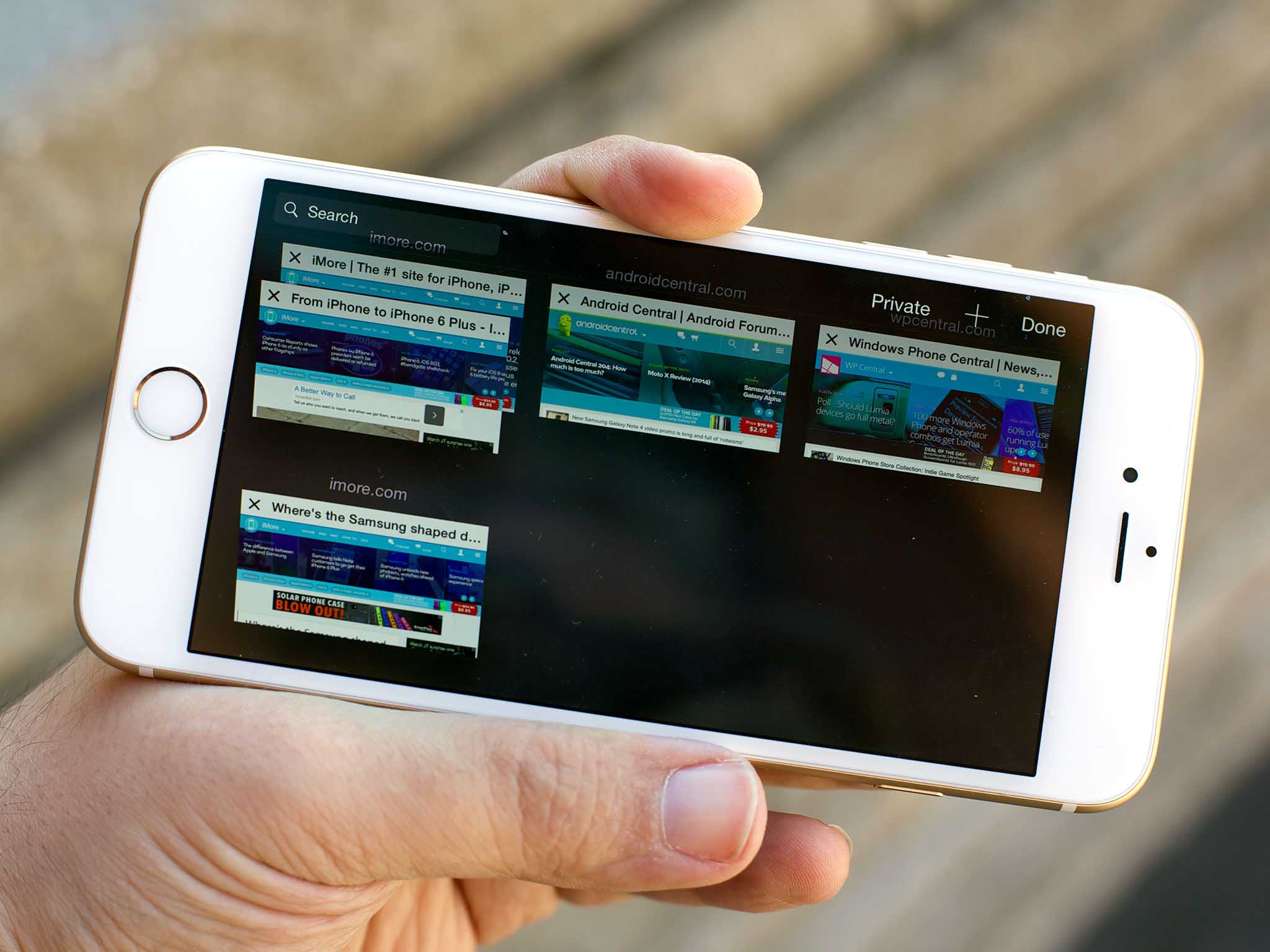Apple's ASP and the difference between cost and value

There's an incredible difference between what something costs and how much value we derive from it. Apple's success hinges on their understanding of this — we'll pay more for something that we believe makes our lives better. Sometimes "better" is prestige or cachet, sometimes it's adrenalin or excitement, sometimes its time saved or work accomplished. Often it's a mix. Yet it's what led Apple not only to record profits this quarter, but to the record average sales prices (ASP) behind them.
Apple's ASP for the iPhone went from $637 last year to $687 this year, an increase of $50.
Part of that is from Apple releasing the more expensive iPhone 6 Plus, which adds $100 to the cost of a similar capacity iPhone 6.
Part of that is also from Apple reducing the cost of higher storage capacities, offering 64GB this year for the same price as 32GB last, and introducing 128GB for the same price as 64GB last year. It makes adding another $100 or $200 to move up from 16GB much more enticing.
Apple's ASP for the Mac increased by $58 sequentially.
The actual ASP numbers weren't given, but the same pattern seems to hold. People know enough about high-density displays now that they're willing to pay more for an iMac with Retina 5K than they are for one without. That an iMac with a Retina display costs roughly what competitors charge for just the display also makes it enticing.
Look no further than Apple's results in China last quarter for more evidence of the same. It's a part of the world others believe can only be served by racing to the bottom — by dropping cost at the expense of value. Yet here's what Tim Cook believes, from our first quarter 2015 financial results transcript:
iMore offers spot-on advice and guidance from our team of experts, with decades of Apple device experience to lean on. Learn more with iMore!
The local competition was obviously there this quarter, and it has been there for many quarters before, and so the local competition isn't new. I think we did really well there; I'm very proud of how we're doing.I was there in — right after the launch [of the iPhone] in October, and the excitement around the iPhone 6 and 6 Plus were absolutely phenomenal. And you can see that in the results with mainland China being up 100 percent year on year, despite not having a full quarter of sales since we launched in the second half of October.
That local competition is the non-Google Android vendors who are putting the squeeze on Samsung on the low-end even as Apple puts the squeeze on from the high-end. It's a market segment that, like netbooks, Apple wants no part of. Thanks to that, it's also a race to the bottom Apple is largely insulated against. Again, it's because Apple understands — Those customers aren't Apple's customers.
John Gruber, writing for Daring Fireball:
The conventional wisdom just two years ago was that Apple needed to create a low-priced iPhone — not just lower-priced but low-priced — to compete in "emerging markets" like China. That would be true if Apple were interested primarily in market share. But they're not, never have been, and never will be interested primarily in unit sale market share. Far from hurting them, Apple's commitment to the premium end of the phone market is helping them separate from the pack in China.
Going after the under $400 phone market by making a cheap phone offers enormous risk for little reward. Going after the additional segments of the over $400 phone market — phones with displays over 4-inches in size, for example — offers low risk and, well... we've all seen the reward.
From iPhone to iPad to Mac, Apple is providing premium computing experiences at increasing size intervals and price points. Starting soon, it'll be from Apple Watch to iPhone to iPad to Mac, and the increasing price points will top out not at 128GB or 27-inches but at gold.
Apple can do that because they're not targeting cost. They're targeting value.

Rene Ritchie is one of the most respected Apple analysts in the business, reaching a combined audience of over 40 million readers a month. His YouTube channel, Vector, has over 90 thousand subscribers and 14 million views and his podcasts, including Debug, have been downloaded over 20 million times. He also regularly co-hosts MacBreak Weekly for the TWiT network and co-hosted CES Live! and Talk Mobile. Based in Montreal, Rene is a former director of product marketing, web developer, and graphic designer. He's authored several books and appeared on numerous television and radio segments to discuss Apple and the technology industry. When not working, he likes to cook, grapple, and spend time with his friends and family.
